Navigating 2025: Your Essential Guide to the Lunar Calendar
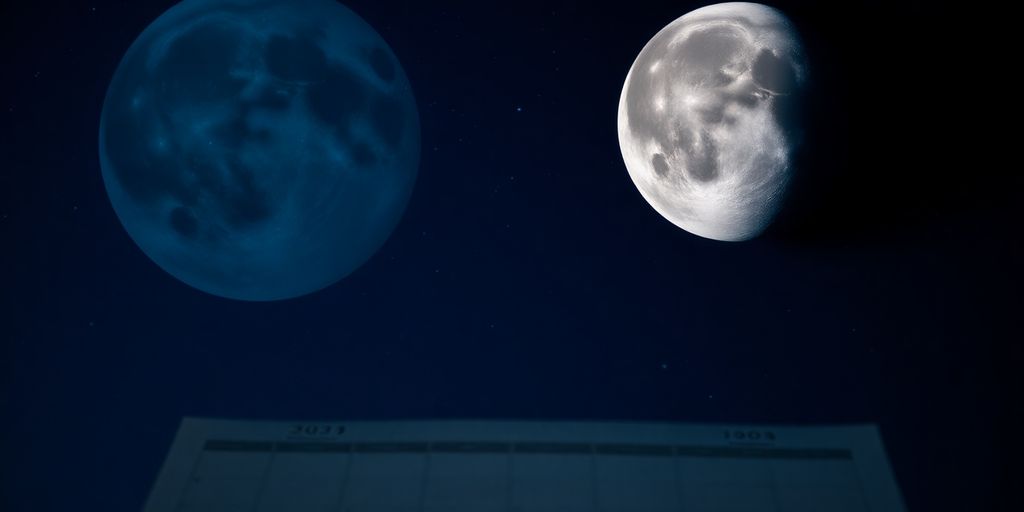
Get ready for 2025! This guide is all about the lunar calendar and how it can help you out. We’ll look at what a lunar calendar is, why people have used it for ages, and how it’s different from the regular calendar we all use. You’ll learn about important moon events next year, like when the full moon is and what new moons mean. We’ll also talk about how to use the lunar calendar in your daily life, from gardening to just feeling better. Plus, we’ll check out how different parts of the world see the moon. Finally, we’ll cover how to really live with the moon’s rhythm and where to find good tools for your lunar journey. The lunar calendar is pretty cool, and it might just change how you see things.
Key Takeaways
- The lunar calendar tracks moon phases, which is different from the solar calendar we usually follow.
- Knowing 2025’s full and new moon dates can help you plan activities and understand natural cycles.
- The lunar calendar offers practical uses, like guiding garden planting and supporting personal well-being.
- Lunar observations and their meanings can vary a lot depending on where you are in the world.
- There are many ways to connect with the lunar calendar, from simple tracking to finding online groups.
Understanding the Lunar Calendar

What is a Lunar Calendar?
Okay, so what is a lunar calendar? It’s basically a way of tracking time based on the cycles of the Moon. Instead of the Sun, like in our regular Gregorian calendar, the Moon’s phases dictate the months and the year. It’s a pretty old system, and lots of cultures around the world still use some version of it. It’s all about watching the Moon go from new moon to full moon and back again. Each cycle is roughly 29.5 days, which becomes a lunar month. Because of this, lunar calendars are usually a bit shorter than solar calendars, which are based on the Earth’s orbit around the Sun.
Historical Significance of Lunar Cycles
Lunar cycles have been super important to people for ages. Think way back – before electricity and smartphones, people were way more connected to nature. The Moon was a big deal! It helped them figure out when to plant crops, when to harvest, and even when to hold important ceremonies.
- Ancient Egyptians used lunar cycles to regulate the Nile’s flooding.
- Many indigenous cultures based their entire way of life around the Moon.
- Religious festivals, like Ramadan, are still determined by the lunar calendar.
The Moon wasn’t just a light in the sky; it was a guide for daily life. It’s pretty amazing to think about how much our ancestors relied on it.
Lunar Calendar Versus Solar Calendar
So, what’s the real difference between a lunar and a solar calendar? Well, it all comes down to what they’re tracking. Solar calendars, like the one most of us use every day, are based on how long it takes the Earth to go around the Sun – about 365 days. Lunar calendars, on the other hand, follow the Moon’s phases, which take about 29.5 days each. This means lunar months are shorter, and lunar years are usually around 354 days. This difference can cause some interesting variations. For example, lunar holidays can shift around on the solar calendar each year. It’s kind of like having two different clocks running at different speeds. Here’s a quick comparison:
| Feature | Lunar Calendar | Solar Calendar |
|---|---|---|
| Basis | Moon’s phases | Earth’s orbit around the Sun |
| Month Length | ~29.5 days | ~30-31 days |
| Year Length | ~354 days | ~365 days |
| Primary Use | Cultural, religious events | Civil, agricultural purposes |
Key Lunar Events in 2025

Full Moon Dates and Their Meanings
Okay, so, full moons. Everyone knows about them, right? But in 2025, let’s actually pay attention to them. Each full moon has a traditional name tied to the time of year and what’s happening in nature. For example, the Full Wolf Moon in January, or the Full Flower Moon in May. These names aren’t just cute; they reflect the seasons.
Here’s a quick rundown of some expected full moon dates in 2025 (subject to slight variations, of course!):
- January 13th: Wolf Moon
- May 12th: Flower Moon
- September 7th: Harvest Moon
Understanding these names can help you connect with the natural world and appreciate the changing seasons. It’s more than just looking up at the sky; it’s about understanding the rhythm of the year.
New Moon Phases and New Beginnings
While full moons are all about culmination and release, new moons are about fresh starts. It’s when the moon is between the Earth and the Sun, so it appears darkest in the sky. This is a great time to set intentions, start new projects, or just take a moment for reflection. I always feel like I can plan activities better around the new moon.
Think of it like this:
- Reflect on what you want to achieve.
- Write down your goals.
- Take small steps towards them.
New moons are like a cosmic clean slate. Don’t waste them!
Eclipses and Celestial Spectacles
Eclipses are the rockstars of the lunar calendar. Everyone gets excited about them, and for good reason! A lunar eclipse happens when the Earth passes between the Sun and Moon, casting a shadow on the Moon. A solar eclipse is when the Moon passes between the Sun and Earth, blocking the Sun’s light. They’re rare, they’re beautiful, and they’re definitely worth marking on your calendar. Keep an eye out for announcements from your local astronomy clubs or science websites for the exact dates and times of any eclipses happening in 2025. You might need special glasses to view a solar eclipse safely, so plan ahead! Safety first, people!
Practical Applications of the Lunar Calendar
Aligning Daily Life with Lunar Rhythms
Ever feel like some days are just off? Maybe it’s the moon! Seriously, think about it. For centuries, people have planned activities around the moon’s phases. It’s not just about superstition; it’s about recognizing natural cycles. For example, some believe that the energy is higher during the waxing moon, making it a good time to start new projects. Conversely, the waning moon is seen as a time for releasing and letting go. I’ve started paying attention, and honestly, it’s kind of cool. I’ve noticed I feel more productive during certain phases. It’s worth a shot, right?
Here’s a simple breakdown:
- New Moon: Set intentions, start fresh.
- Waxing Moon: Build momentum, take action.
- Full Moon: Celebrate achievements, release what no longer serves you.
- Waning Moon: Reflect, declutter, rest.
Gardening by the Lunar Calendar
Okay, this one sounds a little out there, but hear me out. My grandma swore by gardening according to the moon, and her garden was always amazing. The idea is that the moon’s gravitational pull affects moisture in the soil, influencing seed germination and plant growth. It’s all about timing. During the waxing moon, when the moon is increasing in light, it’s supposedly best to plant above-ground crops like lettuce and tomatoes. The waning moon, when the moon is decreasing in light, is better for planting root crops like carrots and potatoes. I tried it last year, and while I can’t say for sure it was the moon, my tomatoes were pretty epic. You can find a 2025 lunar calendar online to help you plan.
Personal Well-being and Lunar Phases
This is where things get a little more personal. Some people believe that the moon’s phases can affect our emotions and energy levels. Think about it – the moon affects the tides, so why not us, since we’re mostly water? The full moon, in particular, is often associated with heightened emotions and increased energy. Some people find it harder to sleep during a full moon, while others feel more creative and inspired. I’ve started tracking my mood and energy levels alongside the lunar cycle, and it’s interesting to see if there’s a correlation. It’s not about blaming the moon for everything, but rather about understanding how these natural cycles might influence us. Here are some things to consider:
- Full Moon: Be mindful of your emotions, practice self-care.
- New Moon: Set intentions for your personal growth.
- All Phases: Pay attention to your body and adjust your activities accordingly.
It’s not about becoming a lunar expert overnight. Start small, observe, and see what resonates with you. The lunar calendar can be a tool for self-discovery and a way to connect with the natural world around us.
Regional Lunar Calendar Variations
Northern Hemisphere Lunar Observations
Up here in the Northern Hemisphere, we often associate the Moon with different seasonal changes than folks down south. For example, the Harvest Moon, which is the full moon closest to the autumnal equinox, is a big deal for us because it provided extra light for farmers to gather their crops before electricity. It’s all about the angle of the sun and moon relative to our position on Earth, which changes throughout the year. The effect of the moon phases on tides is also more pronounced in some northern coastal areas due to the shape of the coastline and ocean currents.
Southern Hemisphere Lunar Observations
Down in the Southern Hemisphere, things are flipped! Their seasons are opposite ours, so their lunar associations are different. For instance, the full moon in December, which we might associate with cold and snow, is linked to summer and warmth for them. The constellation orientations are also different, meaning they see different stars near the Moon than we do. It’s a whole different perspective.
Cultural Interpretations of the Lunar Calendar
Across different cultures, the lunar calendar takes on unique meanings. In some Asian cultures, the Lunar New Year is a major celebration, dictating everything from family gatherings to business schedules. Indigenous cultures around the world often have rich stories and traditions tied to the Moon, using it to predict weather patterns, guide planting seasons, and mark important ceremonies. These interpretations are deeply rooted in the history and environment of each region.
It’s fascinating how the same Moon can hold such different significance depending on where you are and what your cultural background is. The lunar calendar isn’t just about tracking time; it’s about connecting with the natural world and understanding our place within it.
Here are some examples:
- East Asia: Lunar New Year celebrations.
- Indigenous Cultures: Using the moon for planting and harvesting.
- Various Religions: Observing lunar cycles for religious holidays.
Embracing the Lunar Calendar Lifestyle
Mindfulness Through Lunar Tracking
Okay, so you’ve got your lunar calendar. Now what? It’s not just about knowing when the full moon is. It’s about tuning in. Think of it as a monthly reset button. As the moon cycles, so can your intentions. Start small. Maybe just jot down how you’re feeling each day in relation to the moon’s phase. You might be surprised at the patterns you notice. Are you more energetic during the waxing gibbous? More introspective during the waning crescent? Tracking these feelings can give you real insights into your own rhythms.
Planning Activities with Lunar Guidance
Ever feel like some days are just…off? Maybe the moon has something to do with it. Some people swear by planning activities around the lunar cycle. For example:
- New Moon: Great for starting new projects, setting intentions, and fresh starts. Think brainstorming sessions or launching that side hustle you’ve been dreaming about.
- Full Moon: A time for culmination, celebration, and releasing what no longer serves you. Perfect for social gatherings or finishing up projects.
- Waxing Moon: A period of growth and building momentum. Ideal for taking action on your goals and networking.
- Waning Moon: A time for reflection, decluttering, and letting go. Good for cleaning, organizing, and finishing up loose ends.
It’s not about being rigid, but rather about working with the energy of the moon. See how full Strawberry Moon impacts your plans.
Connecting with Nature’s Cycles
The lunar calendar is a reminder that we’re all connected to something bigger than ourselves. It’s easy to get caught up in the daily grind, but taking a moment to acknowledge the moon can bring a sense of peace and perspective. It’s about slowing down, observing, and appreciating the natural world around us.
Here’s a few ways to connect:
- Moon Gazing: Simple, but effective. Just step outside and look at the moon. Notice its shape, its brightness, and how it makes you feel.
- Gardening: Plant seeds according to the lunar phases. It’s an ancient practice that many gardeners swear by.
- Nature Walks: Take a walk in nature during different lunar phases and observe how the environment changes. Pay attention to the sounds, smells, and sights around you. The 2025 lunar calendar can help you plan.
Resources for Your 2025 Lunar Journey
Choosing Your Ideal Lunar Calendar
Okay, so you’re ready to get a lunar calendar. Awesome! But with so many options, how do you pick the right one? Think about what you want to use it for. Are you a gardener? Then look for a calendar that highlights the best planting days. Are you into astrology? Find one that details the moon’s signs and their meanings. The key is to find a calendar that fits your specific interests and needs.
Consider these points when choosing:
- Format: Wall calendar, planner, or digital app?
- Content: Does it include the information you need (moon phases, signs, gardening tips)?
- Design: Do you like the way it looks? Will it inspire you to use it?
Digital Tools for Lunar Tracking
We live in a digital world, and there are tons of apps and websites that can help you track the moon. Some apps send you notifications about upcoming full moons or new moons. Others offer detailed astrological information. Still others let you log your own observations and experiences. I personally like using a combination of a physical calendar and a digital app. That way, I get the best of both worlds. You can easily find market exposure with these tools.
Here are a few popular options:
- Moonly: Offers daily insights and personalized guidance based on the lunar cycle.
- Deluxe Moon: Provides detailed information about moon phases, rise and set times, and astrological aspects.
- My Moon Phase: A simple and easy-to-use app for tracking the current moon phase.
Don’t be afraid to try out a few different apps to see which one you like best. Most of them have free trials or basic versions that you can use without paying anything.
Community and Shared Lunar Experiences
Tracking the moon doesn’t have to be a solitary activity. There are many online and offline communities where you can share your experiences and learn from others. Look for local astronomy clubs, gardening groups, or online forums dedicated to lunar living. Sharing your experiences with others can make the journey even more rewarding. You can even find groups that host [2025 Lunar Calendar] events, like full moon gatherings or new moon meditations. Connecting with others who share your interest in the moon can deepen your understanding and appreciation of its cycles.
Here are some ways to connect with others:
- Join an online forum or social media group dedicated to lunar living.
- Attend a local astronomy club meeting or stargazing event.
- Participate in a full moon or new moon meditation group.
Wrapping It Up: Your Lunar Journey Continues!
So, there you have it. The 2025 lunar calendar is more than just dates and moon phases; it’s a way to connect with something bigger. It helps you plan, reflect, and just feel a little more in tune with the world around you. Whether you’re into gardening, setting intentions, or just like looking up at the night sky, this calendar can be a cool tool. It’s pretty neat how something so old can still be so useful today, right? So go ahead, grab your calendar, and get ready for a year of cosmic vibes. It’s going to be a good one.
Frequently Asked Questions
What’s a lunar calendar?
A lunar calendar tracks time based on the moon’s phases, unlike a solar calendar which follows the sun. It’s often used for religious holidays or agricultural planning.
Why should I use a lunar calendar?
Knowing the moon’s phases can help you plan things like planting crops, fishing, or even just understanding your own energy levels throughout the month.
Does the moon look different in different parts of the world?
Yes, the moon’s appearance changes depending on whether you’re in the Northern or Southern Hemisphere. Our calendar will show you the correct phases for both!
What’s the difference between a full moon and a new moon?
Full moons are when the moon is completely lit up, often seen as a time for big events or celebrations. New moons are when the moon isn’t visible, good for starting fresh.
What’s a lunar eclipse?
An eclipse happens when the Earth, Moon, and Sun line up perfectly. A lunar eclipse is when the Earth blocks the sun’s light from reaching the moon, making the moon look dim or reddish.
How have people used lunar calendars in the past?
Many cultures have used lunar calendars for thousands of years to mark important events, festivals, and even predict weather patterns. It connects us to ancient traditions.
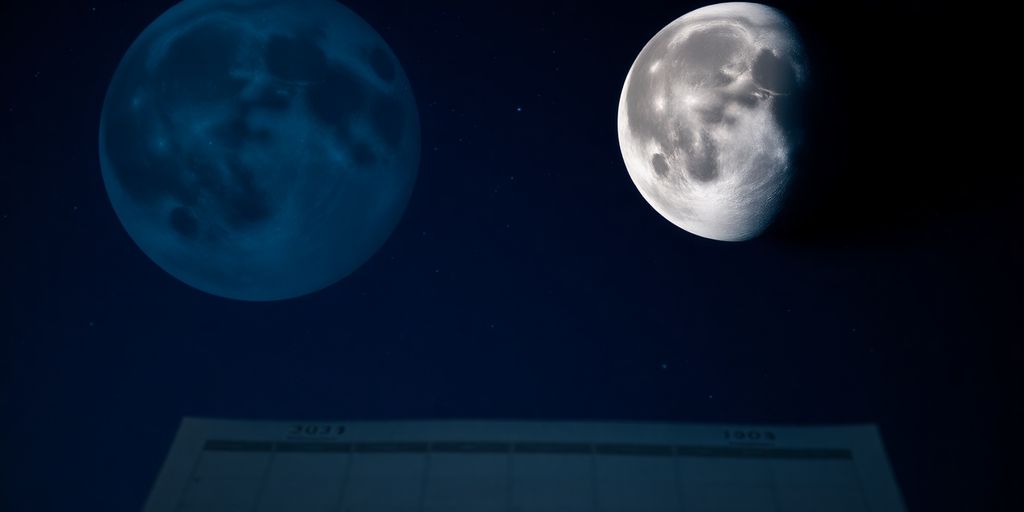

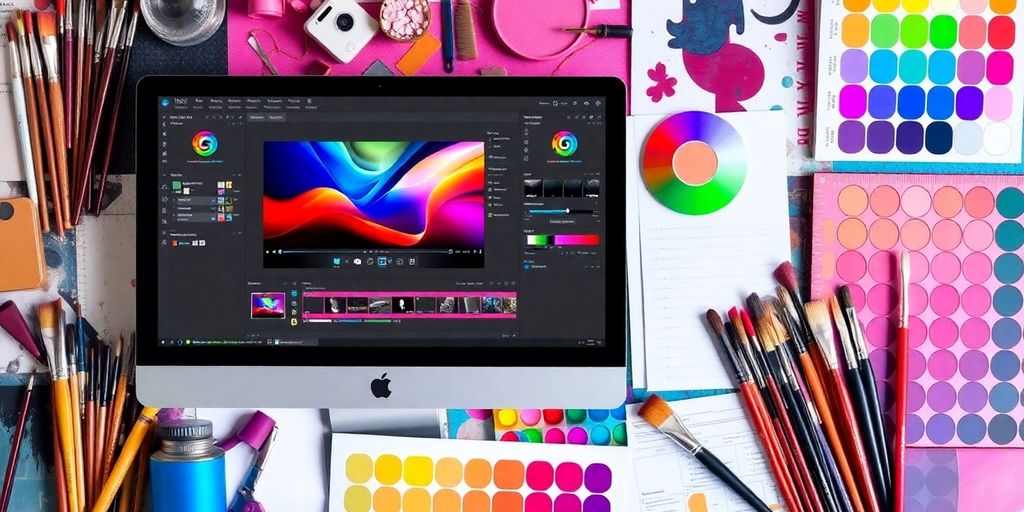
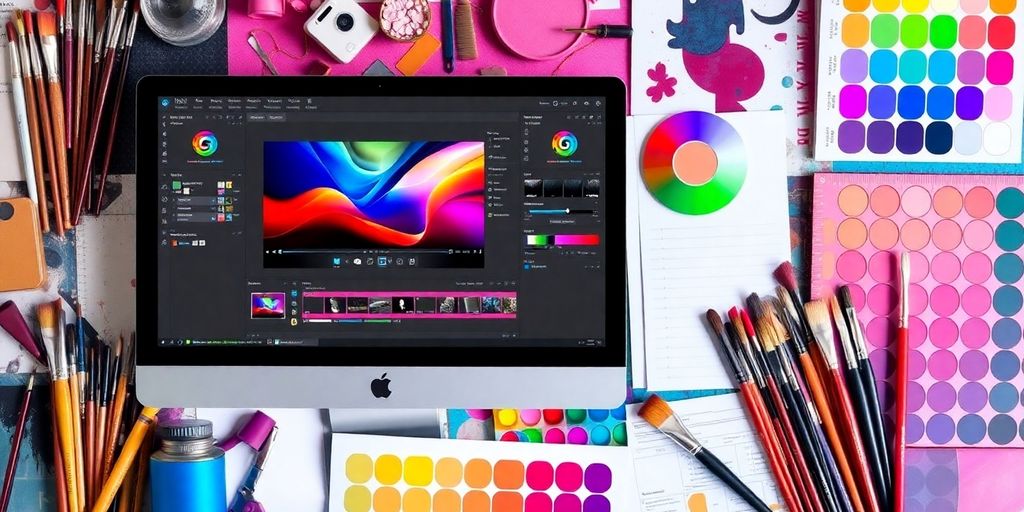
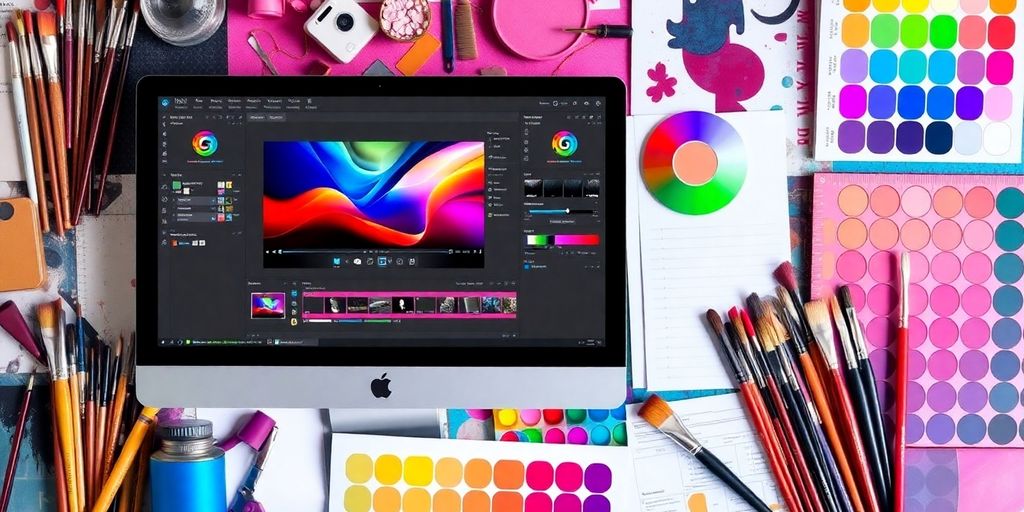



Responses